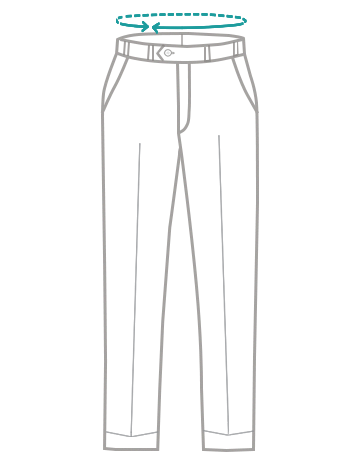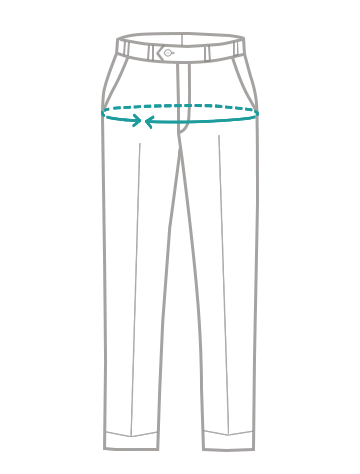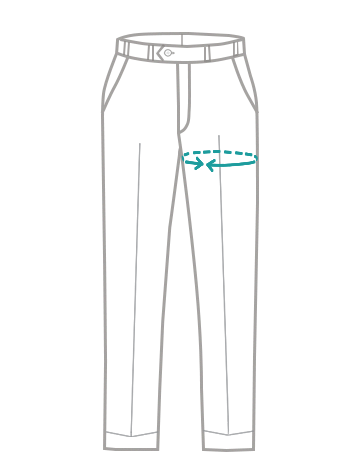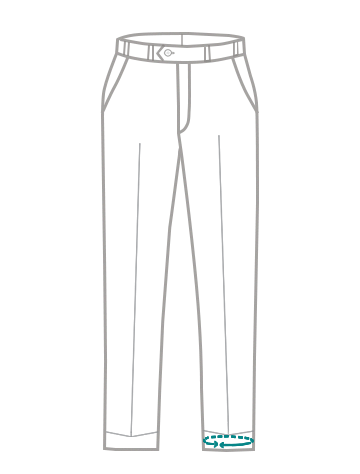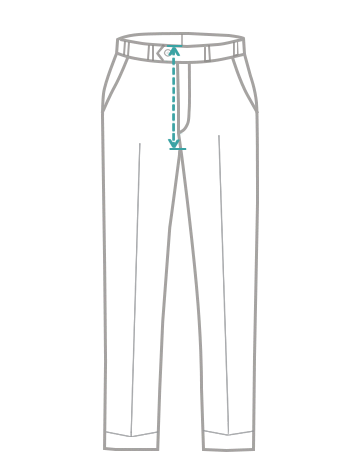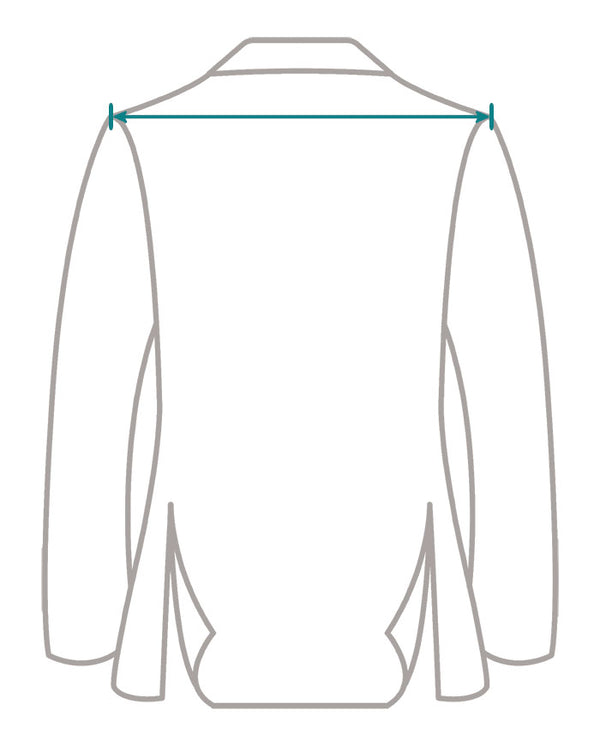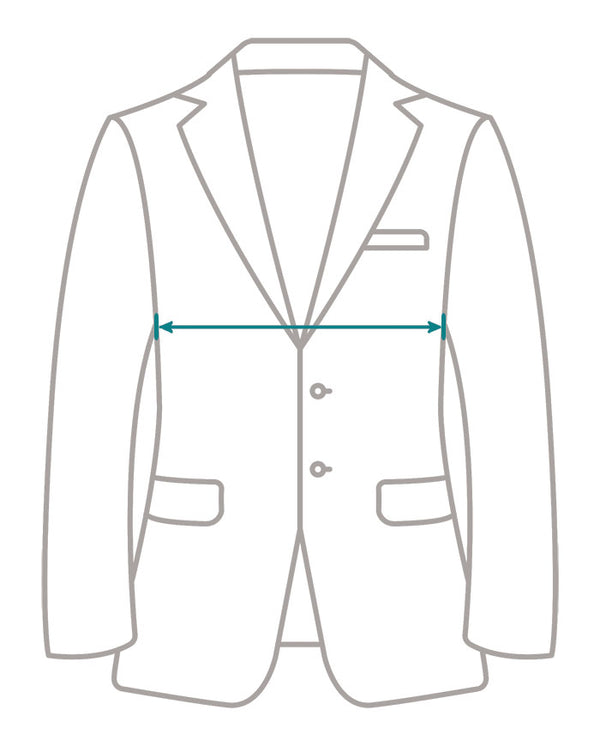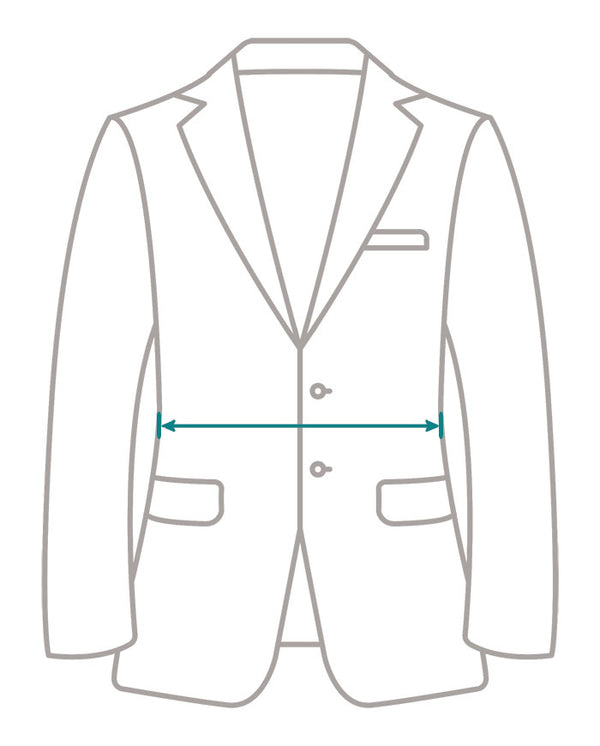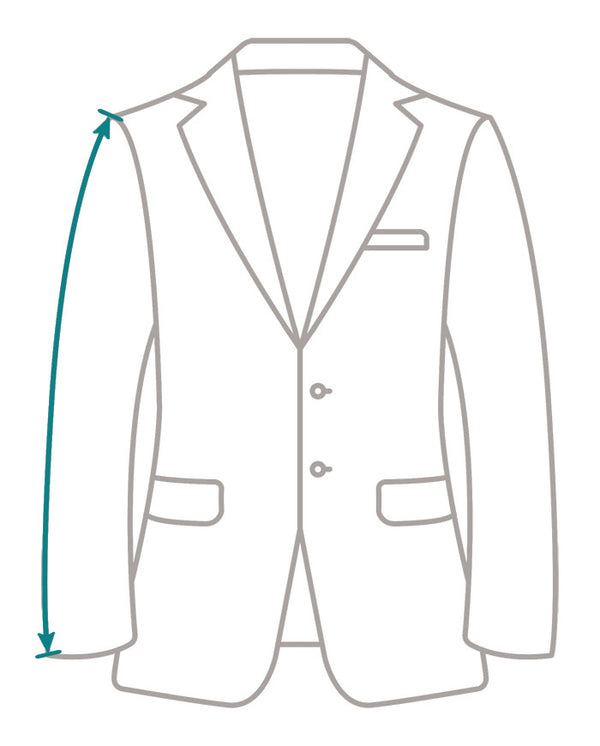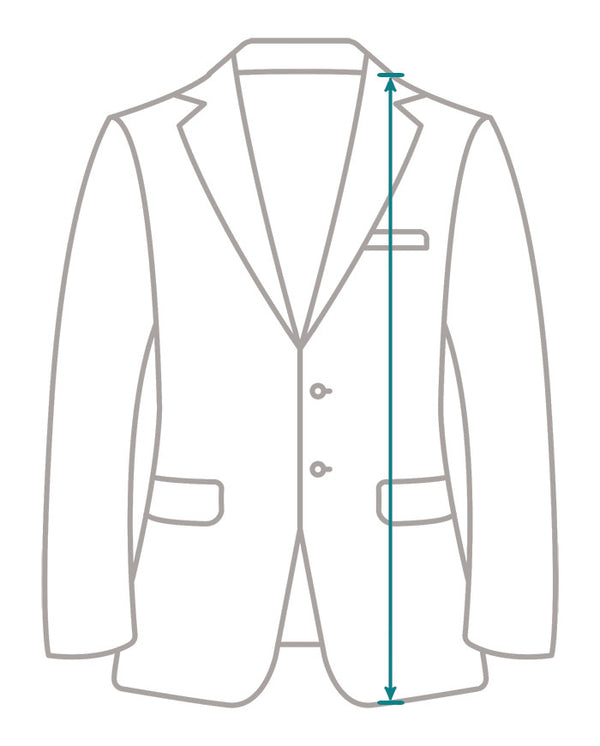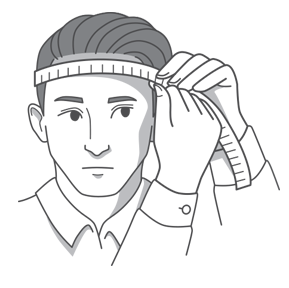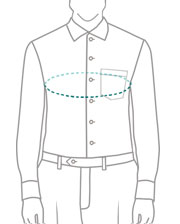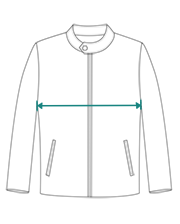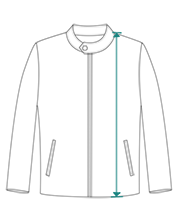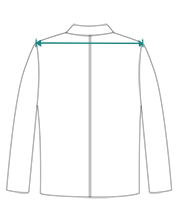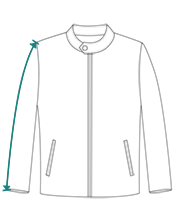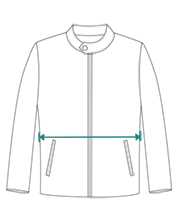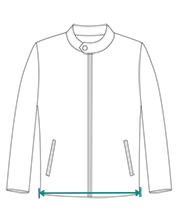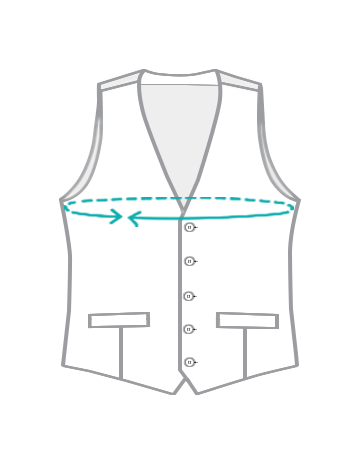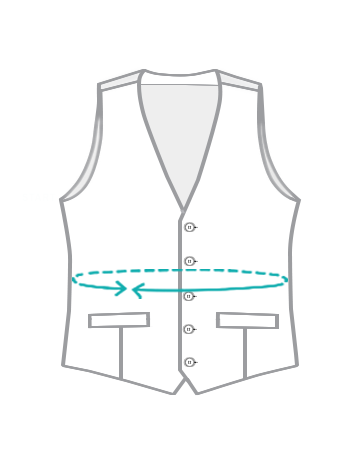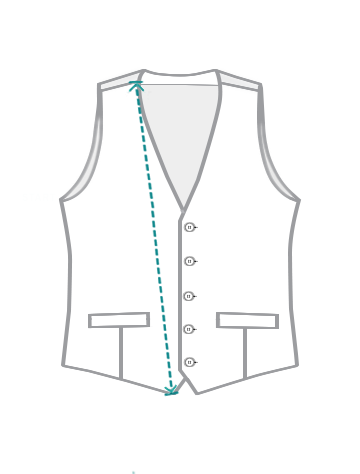Leather is one of the world's oldest and most widely used materials. It's used to produce everything from car seats and sofas to shoes, belts, jackets and even pants. This unmatched level of versatility makes it the preferred choice of material among many clothing manufacturers and other companies. Some of its attractive qualities and characteristics include durability, high strength, softness and flexibility.
As you may already know,
leather is created by tanning the rawhide and skin of an animal, which is most often cattle. There are countless ways to produce leather, each of which has its own advantages and disadvantages. Today, we're going to reveal some important terms and definitions associated with leather. Familiarizing yourself with these terms will give you a better understanding of this versatile material and the benefits that it offers.
History of Leather
Before we delve into the terms and definitions of leather, let's first take a look back at the history of his material. The truth is that no one knows who exactly was responsible for pioneering leather. This happened long before advanced civilizations had formed, with early cavemen and women likely using rawhides to produce leather first. As such, leather tanning is one of the oldest activities in the history of humans. Early hunters and gathers would collect hides for tanning, using the leather for clothing, housing and other purposes.
With that said, however, some of the first attempts to produce leather will likely failures due to the material's inability to withstand hot and cold temperatures. When skinned hides were exposed to cold temperatures, they would harden to the point where they could no longer be used in real-world applications at the time. On the other hand, when skinned hides were exposed to heat they rotted, making them less than desirable to say the least. It wasn't until animal fat was applied to the skinned hides that leather truly became a function, versatile material.
Fast forward to the 14th century and leather was being used to produce everything from clothes and shoes to furniture and accessories. Today, it remains one of the world's most versatile and widely used materials -- and there's no sign of this trend slowing down any time soon.

Chrome-Tanned
When shopping for leather products, you may comes across some labeled as "chrome-tanned." Invented in the mid 19th century, chrome-tanned leather is a special type of leather that's made with chromium sulfate and chromium salts. The presence of these chemicals makes leather more supple and pliable. Normally, leather is made with vegetable tanning, which typically causes discoloration as well as an altered shape. Chrome-tanned leather eliminates these problems, however, thanks to its use of chromium sulfate and chromium salts.
Vegetable-Tanned
On the other side of the fence is vegetable-tanned leather, which is made using tannins found in vegetable. Tannins for this type of leather are often obtained through bark, wood, fruit and roots. By using vegetable tannins in leather, it allows for a distinct brown color -- something that many people prefer when choosing leather. Vegetable-tanned leather is soft, supple and maintains the characteristic brown color of leather. Because it's not stable in water, however, it's susceptible to discoloration and damage when exposed to moisture for a long period of time.
Patent
Invented by Seth Boyden in 1818, patent leather is a special type of leather featuring an added high-gloss finish with a plastic coating. The presence of this coating improves its strength and durability.
Tanning
When speaking in the context of leathermaking, tanning is a process that's used to stabilize the proteins left behind in animal hide, preventing it from rotting. While raw hides are left to air dry, resulting in hard texture, tanning allows the hides to dry with a greater level of flexibility.
Faux leather
Faux leather is essentially a non-animal material that's made to look and feel like real leather. Instead of containing actual animal hide, it's made from synthetic materials like polyester. Faux leather is cheaper than the real deal, making it an attractive choice for budget-conscious consumers. Unfortunately, though, it lacks the same level of visual appeal as real leather.
Full-Grain
Another term that's commonly used when speaking about leather is "full grain." Full-grain leather is hide in its original condition, without being sanded, buffed or snuffed. The downside to full-grain leather is that it often shows visible imperfections, which may discourage some people from choosing it. On the other hand, however, it preserves the hide's original grain, allowing for a higher level of strength, durability, breathability and improved resistance to moisture. Certain brands and varieties of expensive furniture and shoes are made of full-grain leather, most of which come in two different finishes: aniline and semi-aniline.
Top-Grain
The most common type of leather, top-grain, is characterized by a split layer, making it thinner than its full-grain counterpart. And unlike full-grain leather, top-grain has been sanded and buffed, usually containing an added finish on the surface. Top-grain leather is the second highest quality leather, only behind full-grain. Because of its unique characteristics, many people report top-grain leather feeling colder than other varieties.
Corrected-Grain
The term "corrected-grain" leather is used to refer to any type of leather or hide containing an artificial grain. Normally, the hides used for corrected leather fall short of the standards used for vegetable-tanned leather. They contain tears, scuffs or other imperfections that must be corrected (hence the name). Corrected-grain leather is available in semi-aniline and pigmented finish types.
Split
Split leather is a type of leather that's made from the fibrous parts of the hide. When top-grain
leather is made, the separated layer is often sold or otherwise used as split leather. It typically contains an artificial layer to enhance its appearance and functionality. Split leather is most commonly used to create suede, as it offers one of the strongest varieties of suede, making it ideal for use in shoes and accessories.




